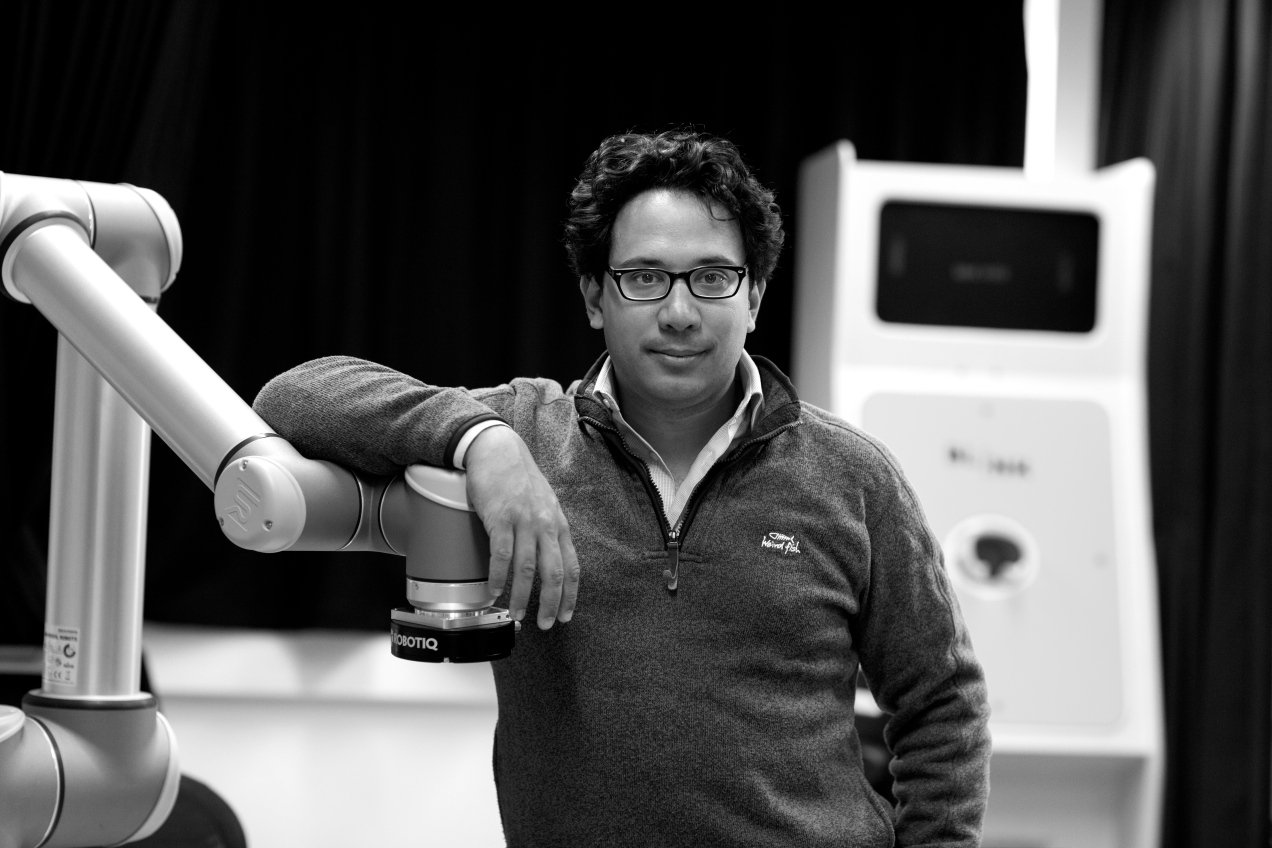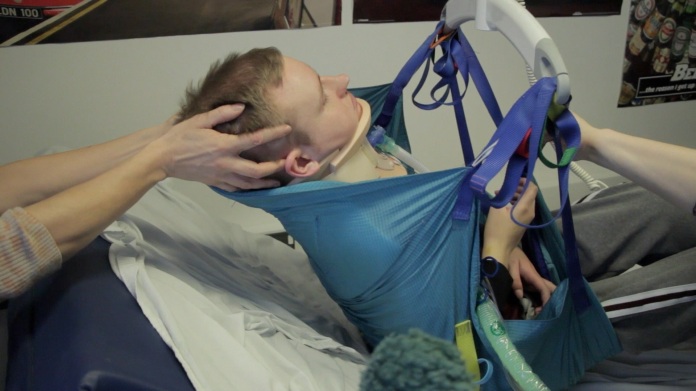Cybathlon 2016 is drawing closer and closer, and the organisers and teams are starting to dial up their preparations for the big event.
But how can you stay in touch with everything that is going on? With the event still over a year away, who you should start following – other than @InsideCybathlon, of course – if you want to turn your fleeting interest into hardcore devotion?
From the Cybathlon teams themselves to the developers of the best robotic technology in the world, via some unmissable accounts dedicated to all things disability sport, here are the top 10 twitter accounts to follow.
1. Shadow Robot (@shadowrobot)
As the world leaders in robotic hands, Shadow Robot have developed mechanical hands so advanced they can adapt and grip objects as delicate as flowers. They have even been name-dropped by David Cameron and Barack Obama, as Managing Director Rich Walker told us.
2. Universal Robot (@universal_robot)
Universal Robots are at the forefront of creating robot technology for business. Based in Denmark, they say their robot arms can be used in business to “increase productivity, reduce injury and boost morale” in the workplace.
Although the company is only 12 years old, they have established subsidiaries in Barcelona and recently moved to a three-acre new headquarters. With more than 3,500 Universal Robot arms installed across the world, they are one of the major players in robot technology.
3. EasyStand (@EasyStand)
As the name suggests, EasyStand are aimed at helping the day-to-day lives of disabled people who struggle with sitting and standing. Based in Minnesota, EasyStand are under the wing of Altimate Medical, who have a long history of developing wheelchairs and shower commodes before devoting their attention to EasyStand. In their own words, they help people who use wheelchairs “feel the numerous physical and health benefits of standing”, while they also post a number of important blog posts, such as ‘How to talk to someone in a wheelchair.’
4. The Brainstormers (@CybathlonEssex)
The Brainstormers are a team of scientists located at the School of Computer Science and Electronic Engineering at the University of Essex, who will be competing in 2016.
They have spent years studying brain computer interfaces and are one of the leading teams when it comes to this revolutionary technology. We had the pleasure of seeing them at work, and asking them all about Cybathlon – you can read it here.
5. Ana Matran-Fernandez (@amatranfer)
Ana is the team leader of the Brainstrormers and has recently been working towards the development of @Wink_It, an app which allows users to remotely control their smartphones using their eyes only. 6. Davide Valeriani (@DavideValeriani)
Ana’s partner in crime, Davide is another member of the Brainstormers team from Essex. A PhD student in brain-computer interfaces, he is the co-founder of Wink It and also UMake.it, which provides an online marketplace for ‘makers’ to share automated projects.
7. Aldo Faisal (@AnalogAldo)
The team leader of Team Imperial and a nueroscientist at Imperial College London. Team Imperial are looking to enter into four of the race categories: the arm prosthetics, the BCI race, the powered exoskeleton race and the powered wheelchair race, and many of the projects are student-run. They may be entering one more category, but that is very much still in the pipeline.
8. Sports Innovations (@Sports_Innov8)
When you think of students, what’s the first thing that comes to your mind? Drinking? Sleeping? Partying? Avoiding all sense of adult responsibility?
Well, not these guys. Sports Innovations are a team of students from Imperial College London who are working towards designing, building and implementing Paralympic sporting equipment, as part of the Sports innovation challenge. Check them out.
9. Hocoma (@Hocoma)
Hocoma are another one of the leading companies in robotic rehabilitation for neurological movement disorders and specialise in lower back pain treatment. They are based in Switzerland, so don’t be put off by the fact that not all of their tweets are in English.
Their creation Valedo won a Red Dot ‘Honourable Mention’ award this year for its ‘outstanding design solution’ and they work closely with the leading clinics and research centres, so there will always at the forefront of the latest technology.
10. Cybathlon (@cybathlon)
The Twitter account of the event organisers themselves will keep you up to date with the event’s date and regulations as well as bringing your attention to other Paralympic athletes and achievements across the UK and worldwide.




